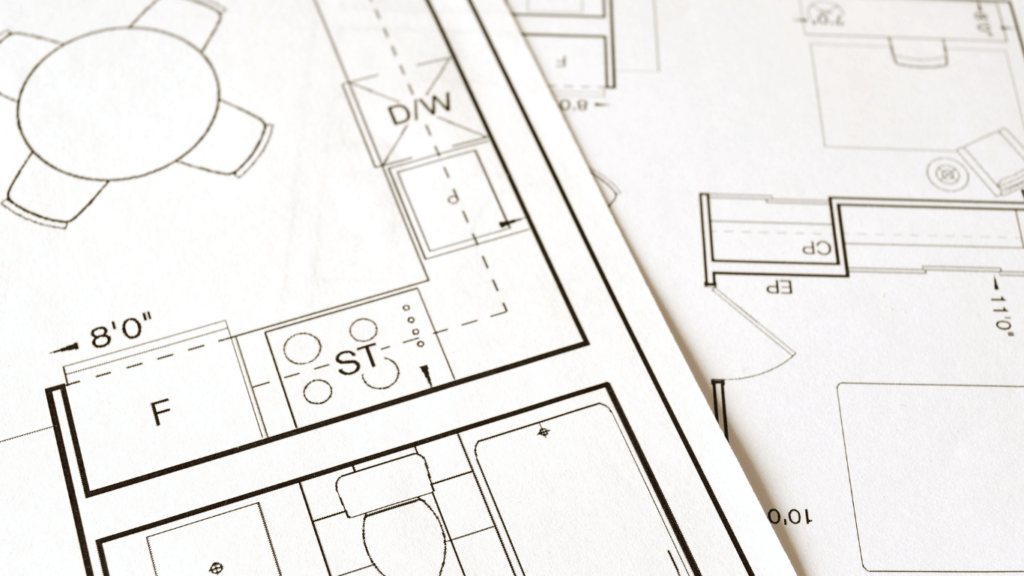Navigating the complex landscape of affordable housing presents a myriad of challenges that demand innovative solutions. As I delve into the realm of affordable housing, I uncover the pressing issues that hinder access to safe and affordable shelter for many individuals and families.
From urban centers to rural communities, the need for sustainable housing options is more critical than ever. In this article, I’ll explore the multifaceted challenges faced in the realm of affordable housing and shed light on the innovative approaches that are reshaping the way we address this fundamental human need.
Join me on this journey as we unravel the complexities, discover promising solutions, and strive towards a future where safe and affordable housing is a reality for all.
Understanding Affordable Housing Challenges
Affordable housing faces numerous challenges that hinder individuals and families from accessing safe and affordable shelter. As I delve into the complexities of the affordable housing sector, it becomes evident that the obstacles vary and require innovative solutions to address them effectively.
- Limited Affordability: Affordable housing options are scarce, predominantly in urban areas, where the demand often surpasses the available supply. This scarcity drives up prices, making it challenging for low to moderate-income individuals to afford suitable housing.
- Regulatory Barriers: Regulatory barriers, such as zoning restrictions and building codes, can significantly impact the development of affordable housing units. These regulations may increase construction costs or limit where affordable housing can be built, further exacerbating the shortage.
- Land and Construction Costs: Rising land and construction costs present a significant challenge in providing affordable housing. The high costs of land acquisition and construction materials can push developers to prioritize luxury housing over affordable options, further limiting accessibility for those in need.
- Income Inequality: Income inequality plays a crucial role in the affordability of housing. As wages stagnate in comparison to housing costs, many individuals and families find themselves cost-burdened, spending a large percentage of their income on housing expenses.
- Lack of Government Funding: Insufficient government funding for affordable housing initiatives creates a barrier to expanding access to affordable housing. Without adequate financial support, organizations and developers struggle to create and maintain affordable housing units.
Understanding these challenges is crucial in developing sustainable solutions that can address the root causes of affordable housing shortages. By tackling these obstacles head-on, we can work towards a future where safe and affordable housing is a reality for everyone.
Current Housing Crisis Overview
The current landscape of the housing market poses significant challenges for individuals and families seeking affordable housing solutions. Factors such as limited affordability, regulatory barriers, escalating land and construction costs, income inequality, and inadequate government funding contribute to the lack of accessible housing options. This scarcity is particularly acute in urban areas where demand consistently outstrips supply.
Factors Contributing to Lack of Affordable Housing
Exploring the factors contributing to the lack of affordable housing reveals a complex interplay of market dynamics and policy implications. Issues such as dwindling affordable housing stocks, insufficient rental assistance programs, zoning restrictions, and inadequate infrastructure development all exacerbate the housing crisis.
These factors not only restrict housing affordability but also impact the overall quality of life for individuals and communities.
Impact of Housing Affordability on Communities
The ripple effects of housing affordability challenges extend beyond individual households to impact entire communities. High housing costs force individuals to make trade-offs in other essential areas such as healthcare, education, and savings.
Moreover, communities grapple with reduced economic productivity, increased homelessness, and heightened social disparities due to inadequate access to affordable housing options. Addressing housing affordability is thus crucial for fostering inclusive, sustainable communities and ensuring the well-being of all residents.
Innovative Solutions in Affordable Housing
Public-Private Partnerships
Collaborations between government entities and private sector organizations have emerged as a promising strategy to address affordable housing challenges. These partnerships leverage the strengths of both sectors to create sustainable housing solutions that cater to the needs of low and moderate-income individuals and families.
By combining resources, expertise, and funding sources, public-private partnerships can efficiently develop affordable housing projects that meet quality standards and remain financially viable in the long term.
Alternative Construction Technologies
Innovative construction techniques and materials play a crucial role in reducing the cost of housing projects and accelerating the construction process. Technologies such as 3D printing, prefabrication, and modular construction offer efficient and cost-effective solutions for building affordable housing units.
By streamlining construction processes and minimizing material waste, these technologies contribute to the affordability and sustainability of housing developments, meeting the increasing demand for shelter without compromising quality.
Incentive Programs and Tax Credits
Government incentive programs and tax credits incentivize developers to invest in affordable housing projects by offering financial benefits and mitigating risks associated with such developments. Programs like Low-Income Housing Tax Credits (LIHTC) provide crucial funding for affordable housing initiatives, encouraging private investors to participate in the development of housing projects for low-income individuals.
By leveraging these incentives, developers can overcome financial barriers and create more affordable housing options for underserved communities.
Sustainable Practices and Green Housing
Sustainable practices and green housing solutions are key to addressing the affordable housing challenge while promoting long-term environmental benefits. By focusing on energy-efficient designs, renewable energy sources, and water-saving technologies, these innovations help reduce utility costs for residents and minimize the environmental impact of buildings.
Incorporating sustainable practices into affordable housing can also lead to significant cost savings over time. Using recycled materials, implementing proper insulation, and adopting energy-efficient appliances not only reduce operational expenses but also improve the quality of life for residents through better indoor air quality, natural lighting, and thermal comfort, contributing to a healthier living environment.
Future Trends in Affordable Housing
Exploring the evolving landscape of affordable housing unveils intriguing glimpses of future trends poised to shape the sector. As demand continues to outstrip supply, innovative solutions are required to address pressing housing needs.
- Smart Technologies: Integrating smart technologies into affordable housing projects is expected to revolutionize the way residents interact with their living spaces. From smart thermostats that optimize energy consumption to automated lighting and security systems, technology will enhance comfort, convenience, and sustainability in affordable housing units.
- Community-Centered Design: Future affordable housing developments are likely to prioritize community well-being through thoughtful design elements. Shared spaces, community gardens, and recreational amenities will foster a sense of belonging and social cohesion, promoting a higher quality of life for residents.
- Flexible Housing Models: With changing demographics and lifestyle preferences, adaptable housing models are gaining traction in the affordable housing sector. From co-living arrangements that encourage social interaction to micro-units designed for single occupants, flexibility in housing options will cater to diverse needs.
- Climate Resilient Construction: Given the increasing frequency of natural disasters and climate-related challenges, future affordable housing projects will focus on resilient construction practices. Incorporating features like flood-resistant design, wind-resistant structures, and environmentally sustainable materials will enhance the durability and longevity of housing developments.
- Equity-Centered Policies: The future of affordable housing hinges on the implementation of equity-centered policies that prioritize fair access to housing resources. Addressing systemic inequalities, promoting inclusivity, and advocating for housing justice are key pillars that will drive meaningful change in the affordable housing landscape.
Anticipating these future trends in affordable housing underscores the imperative of proactive innovation and collaboration to ensure sustainable, inclusive, and resilient housing solutions for individuals and communities in need.



